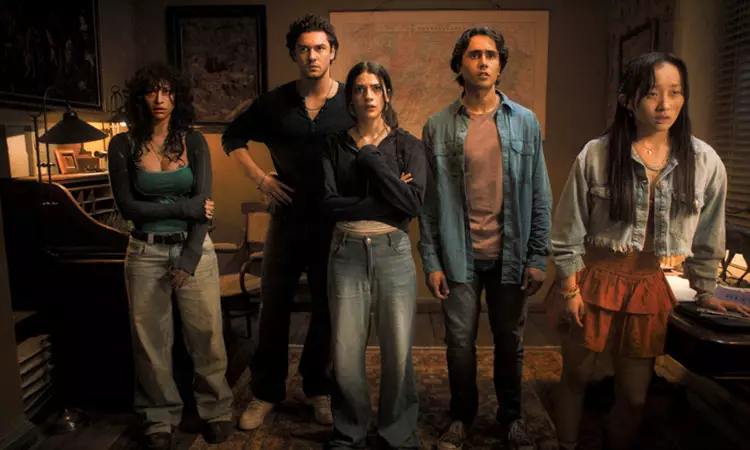In recent years, the realm of video game adaptations has witnessed a notable surge in both quantity and quality, sparking a lively discussion among fans and critics alike. While some projects like *The Last of Us* have set a high standard with their engaging storytelling and strong character development, others, such as *Borderlands*, have struggled to resonate with audiences, leaving many questioning the viability of translating interactive experiences into cinematic formats. As the gaming industry continues to expand, it is critical to analyze how successful adaptations can maintain the essence of the source material while offering a fresh perspective.
One of the latest entries into this burgeoning genre is the cinematic adaptation of *Until Dawn*, a psychological horror game that has captivated players since its 2015 release. Developed by Supermassive Games, the original game was praised for its innovative gameplay mechanics, where player decisions directly influenced the narrative’s progression and outcomes. The upcoming film adaptation promises to retain that suspenseful atmosphere while delivering a chilling story that unfolds through a well-crafted plot.
The narrative of *Until Dawn* revolves around a group of friends, led by the protagonist, Clover, who returns to a haunting location one year after the mysterious disappearance of her sister, Melanie. Their journey into an eerie, isolated valley quickly transforms into a fight for survival as they encounter a masked assailant, leading to a series of gruesome murders. However, the twist lies in the cyclical nature of their plight. Each death triggers a reset of the evening, forcing the group to relive their harrowing experiences, and ultimately, they must confront their greatest fears to escape the inescapable grip of terror.
The real strength of this adaptation lies in its exploration of psychological horror—an aspect that is often underrated in both film and video games. *Until Dawn* masterfully crafts a narrative that digs deep into the psyche of its characters as they grapple with their inevitable fate. This iteration invites viewers to not only witness the horror unfold but also to reflect on the choices made by the characters, mirroring the gameplay experience.
What makes *Until Dawn* particularly compelling is its focus on themes of fear, survival, and the consequences of choice. Each character’s demise is a direct result of their actions, paralleling the decisions players make within the game. This intricate relationship between choice and consequence is a poignant reminder of the thin line between life and death—a theme that resonates strongly in the horror genre.
As the film industry continues to mine video game narratives for source material, adaptations such as *Until Dawn* serve not only as entertainment but also as a testament to the potential of bridging the gap between both mediums. By sincerely addressing the themes of fear and the significance of choices while remaining true to the chilling essence of the original game, adaptations can give fans a new way to engage with beloved stories. In this evolving landscape, perhaps the twilight of video game adaptations holds the promise of a new dawn—one filled with potent storytelling that captivates audiences, both familiar and new.

